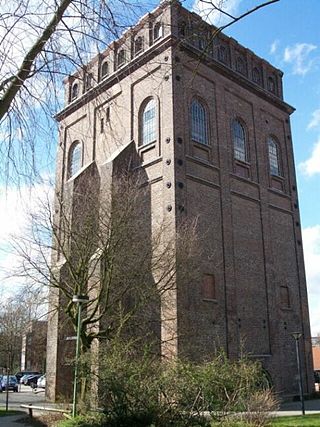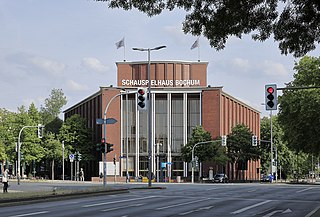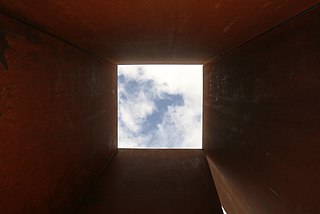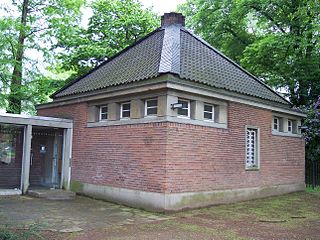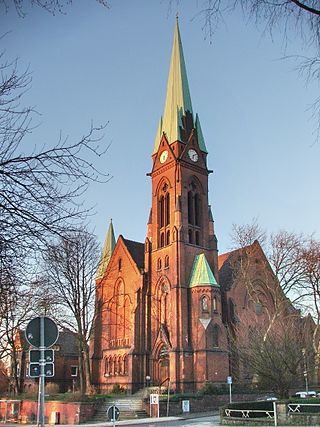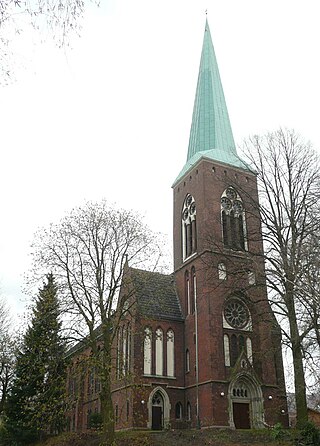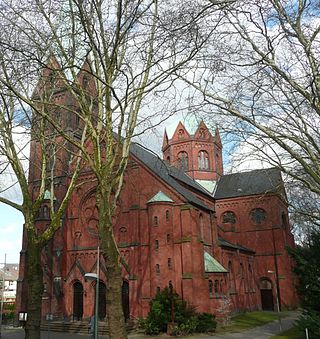26 Sights in Bochum, Germany (with Map and Images)
Legend
Welcome to your journey through the most beautiful sights in Bochum, Germany! Whether you want to discover the city's historical treasures or experience its modern highlights, you'll find everything your heart desires here. Be inspired by our selection and plan your unforgettable adventure in Bochum. Dive into the diversity of this fascinating city and discover everything it has to offer.
Sightseeing Tours in Bochum1. Dorfkirche Stiepel
The Protestant Stiepel village church, located in the south of Bochum in the district of Stiepel, is a cultural monument of the Ruhr area, which is one of the oldest surviving buildings in Bochum with its more than a thousand years of history. The importance of the church lies above all in the unusually extensive medieval wall paintings. In 1988, the church and the historic churchyard surrounding it were placed under monument protection by the city of Bochum.
2. Kunstmuseum Bochum
The Kunstmuseum Bochum is an art museum in the Stadtparkviertel of Bochum, Germany. It is located at the northern end of Bochum's Kortumstraße. Opposite the museum is the Bochum City Park, with some steel art objects, among other things. The museum dates back to the Municipal Picture Gallery and the year 1921. In 1960, the museum was refounded as the Municipal Art Gallery. With the takeover of additional departments, it was called Museum Bochum from 1970.
3. Christuskirche
The Christuskirche Bochum is a Protestant church in Bochum, which is also considered a memorial against the war. It is located in the immediate vicinity of Bochum's town hall. There are other churches with this name in Bochum, such as in the districts of Langendreer, Linden, Gerthe and Günnigfeld.
4. Heimkehrer-Dankeskirche (Hl. Familie)
The Heimkehrer-Dankeskirche is a Roman Catholic church in the Bochum district of Weitmar and a memorial for peace and reconciliation among the peoples. It is dedicated to the Holy Family. Since 2009 it has been a branch church of the parish of St. Franziskus in Bochum-Weitmar in the Diocese of Essen. Since 2005, the church has been a listed building. In the Ruhr Capital of Culture year in 2010, the church was one of 52 so-called "spiritual cultural filling stations" in the Diocese of Essen. The sacred building is unique in Germany in its overall concept.
5. Steinkohlezeche Urbaunus

The Mansfeld colliery is a former coal mine in the Langendreer district of Bochum, Germany. The mine was created by consolidating several previously independent mines. The mine was in operation for almost 90 years.
6. Bismarckturm
The Bismarck Tower in Bochum is a Bismarck Tower and observation tower in the Bochum City Park, inaugurated in 1910. Like all Bismarck Towers, it is dedicated to Chancellor Otto von Bismarck, who was nationally revered as the initiator of the founding of the Reich in 1871.
7. Situation Kunst
The Situation Kunst is an art museum in the park of Haus Weitmar in the Bochum district of Weitmar with a permanent exhibition of important works of contemporary art. The building ensemble is designed in such a way that art, architecture and nature relate to each other in dialogue.
8. Epiphanias-Kirche (Autobahnkirche)
The Evangelical Lutheran Epiphany Church in the Bochum district of Hamme, whose name is reminiscent of the appearance of Christ to the wise men from the East, was built from 1929 onwards according to designs by the Castrop-Rauxel architect Wilhelm Tiefenbach. The Epiphany Church was opened on 30 May 2010 as the first motorway church in a major city and was included in the Route of Industrial Heritage in 2011.
Wikipedia: Epiphanias-Kirche (Bochum) (DE), Website, Heritage Website
9. Sankt Vinzentius
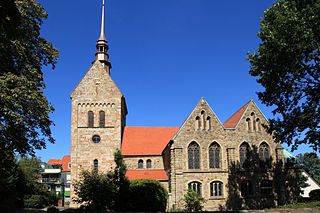
The St. Vincentius Church is a Protestant church in the Harpen district of Bochum, whose origins date back to the year 1000. The great age of the church is indicated by the fragment of an old gravestone; he is a witness to the death of the lay brother Ludolf. The ornamentation and letter form of the inscription are dated to the year 1000 to 1050. The church was under the control of the monastery of Werden. The patron saint is Vincentius, deacon to the Spanish bishop of Zaragoza, who died as a martyr during the last great Roman persecution of Christians under Diocletian in 304. St. Vincent is depicted in a sculpture from 1470.
Wikipedia: St.-Vinzentius-Kirche (Harpen) (DE), Website, Url
10. Malakowturm
The Medical History Collection of the Ruhr-Universität Bochum is a collection of more than 10,000 instruments and large-scale equipment from all fields of medicine. It is housed in an old Malakow tower of the former Julius-Philipp colliery from 1877. The sponsor is the Institute for Medical Ethics and History of Medicine at the Ruhr University Bochum.
Wikipedia: Medizinhistorische Sammlung der Ruhr-Universität Bochum (DE)
11. St. Marien Wallfahrtskirche
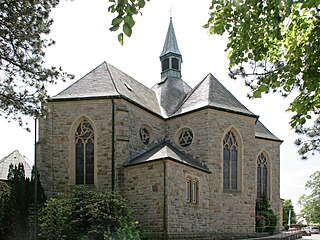
St. Mary's Church is a Roman Catholic church in Bochum-Stiepel, Germany. It was built between 1914 and 1915 as a branch church of the mother parish of Blankenstein, became a pilgrimage church for the Marian pilgrimage in Stiepel from 1920, became the parish church of the newly founded parish B. M. V. Matris Dolorosae in 1955 and has also been the monastery church of the Cistercian monastery of Stiepel since 1988.
12. Schauspielhaus Bochum
The Schauspielhaus Bochum is one of the notable drama theatres in Germany. It is located on Königsallee in Bochum, North Rhine-Westphalia. Eric de Vroedt is an established guest director at the theatre.
13. IUZ Sternwarte Bochum
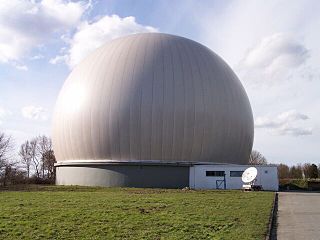
Bochum Observatory, often known in Bochum as Cape Kaminski is a research institute in Bochum, Nordrhein-Westfalen, Germany. The institution came into being through a private initiative. Its main areas of interest are in radio astronomy and environmental research.
14. Terminal
Terminal, or more precisely Terminal, is the title of a sculpture in public space by the artist Richard Serra, which was designed for documenta 6 in 1977. Its subsequent acquisition and installation in the city of Bochum was controversially discussed.
15. Saure Wiese
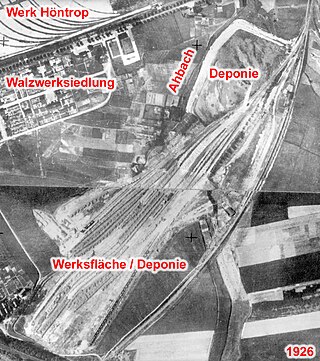
The Saure Wiese is a green space in the North Rhine-Westphalian city of Bochum. It is located on Essener Straße. The Ahbach flows along the western side. The largest part of the area used to be in the municipal area of Eppendorf, a small part in the district of Höntrop. These parts came to the city of Bochum during the municipal reform in 1926 and were assigned to the district of Weitmar. This was done at the request of the Bochum Association, which wanted its Höntrop plant and the Engelsburg colliery to be in the same municipal area as the other plants. A works railway line that ran along the eastern edge of the area connected the Höntrop plant with the Rombacher Hütte, which was also owned by the Bochum Association.
16. Kortum-Gesellschaft Bochum e. V.
The former Bedarfanstalt am Stadtpark Bochum is a toilet house between the Stadtpark Bochum and the Kunstmuseum Bochum. It was built in 1925 in expressionist brick architecture. At this point, it had been preceded by systems made of wood and cast iron.
Wikipedia: Ehemalige Bedürfnisanstalt am Stadtpark Bochum (DE), Heritage Website
17. Christuskirche Linden
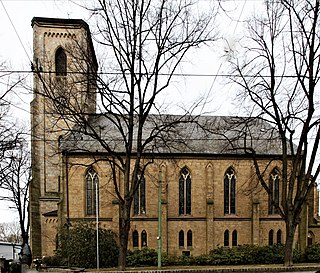
The Christuskirche on Hattinger Straße in Bochum-Linden is a church building of the Protestant parish of Bochum-Linden. It was built between 1874 and 1877 according to plans by the Witten master builder Friedrich Ellinghaus in the neo-Gothic style. In the last days of the Second World War, on 11 April 1945, one day after Bochum's city centre had already been taken by US troops, it burned down during the fighting in Linden. It was rebuilt from 1950 to 1953. The exterior building made of Ruhr sandstone is a listed building. The Christuskirche is a hall church.
18. Herz-Jesu-Kirche
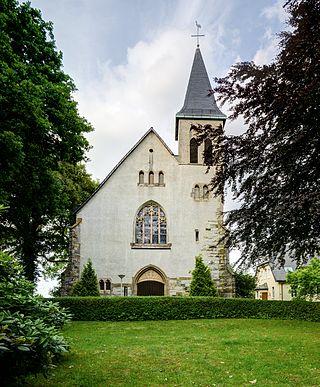
- Dieses Werk darf von dir verbreitet werden – vervielfältigt, verbreitet und öffentlich zugänglich gemacht werden neu zusammengestellt werden – abgewandelt und bearbeitet werden
- Zu den folgenden Bedingungen: Namensnennung – Du musst angemessene Urheber- und Rechteangaben machen, einen Link zur Lizenz beifügen und angeben, ob Änderungen vorgenommen wurden. Diese Angaben dürfen in jeder angemessenen Art und Weise gemacht werden, allerdings nicht so, dass der Eindruck entsteht, der Lizenzgeber unterstütze gerade dich oder deine Nutzung besonders. Weitergabe unter gleichen Bedingungen – Wenn du das Material wiedermischst, transformierst oder darauf aufbaust, musst du deine Beiträge unter der gleichen oder einer kompatiblen Lizenz wie das Original verbreiten.
The Herz-Jesu-Kirche Bochum-Hamme is a Roman Catholic religious building of the late 19th century in the Hamme district of the city of Bochum in North Rhine-Westphalia. It belongs to the provost's parish of St. Peter and Paul in the deanery of Bochum and Wattenscheid in the diocese of Essen.
19. Figurentheater-Kolleg Bochum
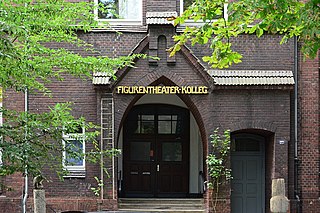
The Puppet Theatre College has been a state-approved further education institution in Bochum since 1977. Since 1991, the sponsor has been the Association for the Promotion of the Puppet Theatre College Bochum. Previously, it was supported by the German Institute for Puppetry, which closed in 1991.
Wikipedia: Figurentheater-Kolleg (DE), Website, Heritage Website
20. Petrikirche
The Petrikirche is a Protestant church building at Wiemelhauser Straße 255 in Bochum-Wiemelhausen. It belongs to the Evangelical Church of Westphalia. It was built from 1901 to 1903 according to plans by the Bochum architect Heinrich Robert in the neo-Gothic style. The so-called Wiesbaden Program, which envisaged one-room churches centered on the altar, pulpit and organ, was decisive for the interior design.
Wikipedia: Petrikirche (Wiemelhausen) (DE), Heritage Website
21. Evangelische Kirche Werne
The Evangelical Church of Werne is a sacred building at Kreyenfeldstraße 30 in the Werne district of Bochum. It is a three-aisled, four-bay brick hall church in the neo-Gothic style from the years 1895 to 1896. It had to be rebuilt between 1949 and 1957. It has been a listed building since 1989. The Protestant parish of Werne belongs to the church district of Bochum in the Evangelical Church of Westphalia.
Wikipedia: Evangelische Kirche Werne (DE), Website, Heritage Website
22. Jobsiadebrunnen
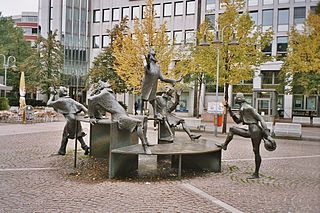
The Jobsiade fountain is located on Husemannplatz in Bochum. The fountain was donated by Deutsche Bank and opened to the public in 1987. The artist Karl Ulrich Nuss refers to the exam scene of Carl Arnold Kortum's Jobsiade. The group of figures consists of five people: the self-confident but highly clueless theology student Jobs, three examiners and a night watchman. In 2013, the fountain was sprayed with white paint by vandals. In 2018, one of the bronze figures was sprayed with gold lacquer.
23. Sankt-Joseph-Kirche
St. Joseph is a Roman Catholic church in the city center of Bochum, Germany. It was built from 1891 to 1892 and belongs to the Diocese of Essen. The architect Hermann Wielers chose the neo-Romanesque style. Wielers also designed the nearby St. Vincent orphanage. It is now used by the Polish community. To the east of it is the Appolonia-Pfaus-Park.
24. Herz-Jesu-Kirche
The Church of the Sacred Heart of Jesus is a Roman Catholic church in Sevinghausen in the Wattenscheid district of the city of Bochum in North Rhine-Westphalia, Germany. The church, named after the Sacred Heart of Jesus, is a branch of the parish of St. Marien Höntrop in the parish of St. Gertrud v. Brabant Wattenscheid in the city deanery of Bochum and Wattenscheid and belongs to the diocese of Essen.
25. Haus Weitmar
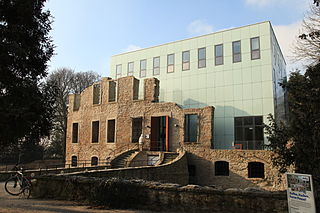
Haus Weitmar is a former noble residence in the Weitmar district of Bochum. It originated from a Schulzenhof of the Werden Abbey, whose roots can be traced back to the 8th/9th century. Surrounded by a moat in the 12th century, it was expanded into a representative seat in the first half of the 13th century. Extensions in the second half of the 15th century under the von Brüggeney family called Hasenkamp and an expansion in the 18th century resulted in a classicistic-looking manor house with a outer bailey. Northwest of it stood a chapel dedicated to St. Silvester, which, however, lost its function as a home chapel during the Reformation. After the von Hasenkamp family died out, Haus Weitmar was briefly owned by the von Vaerst family before it was purchased by Andreas Friedrich Wilhelm von Berswordt-Wallrabe in 1780. His family is still the owner today.
26. Zeiss Planetarium Bochum
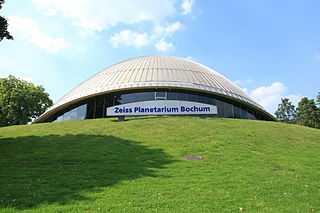
The Bochum Planetarium is one of the most visited star theatres in Europe. It is located near the Ruhr Stadium on the northeastern edge of the city center of Bochum in the Ruhr area. The planetarium was built in 1964 as the first German large planetarium of the post-war period. It is now a listed building.
Share
How likely are you to recommend us?
Disclaimer Please be aware of your surroundings and do not enter private property. We are not liable for any damages that occur during the tours.
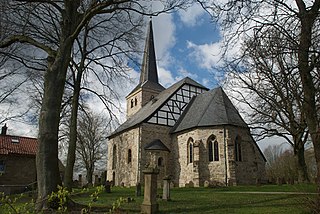
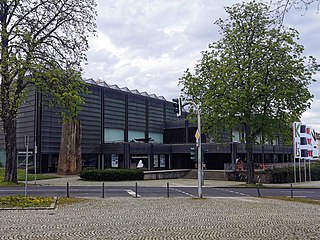
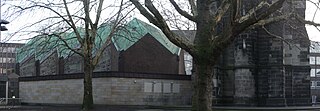
.jpg)
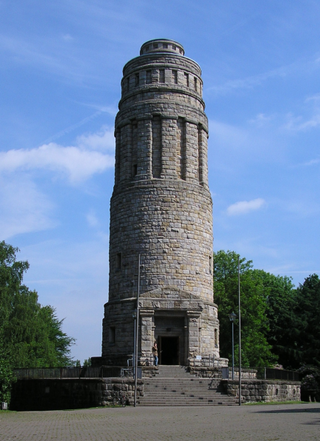
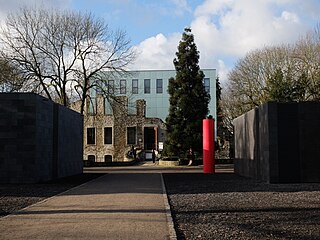
.jpg)
